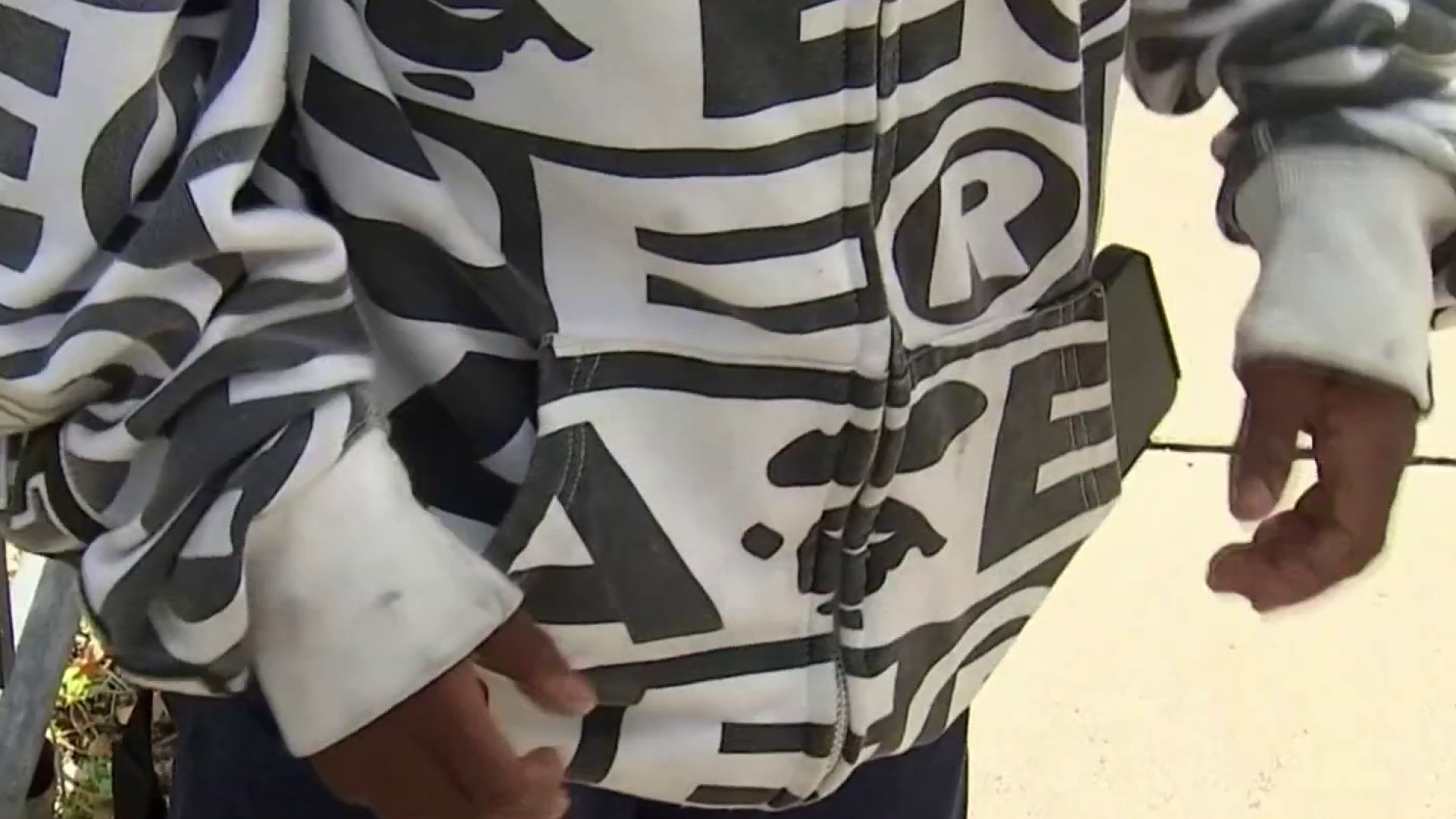To successfully bring a stage play to the silver screen, the filmmaker must overcome the limitations of confined set.
Denzel Washington did it with “Fences.” Sidney Lumet with “The Wiz.” Barry Jenkins with “Moonlight.”
“One Night in Miami” — a fictionalized take on the meeting of boxing legend Cassius Clay, civil rights activist Malcolm X, football star Jim Brown and soul singer Sam Cooke at the Hampton House — is no different. An adaptation of the eponymous stage play by Kemp Powers, the film utilizes its set to showcase the beauty of Blackness even in the darkest of times.
“The Hampton House is a silent star in the movie,” said Dr. Enid Pinkney. The former Brownsville lounge and hotel is now the Historic Hampton House Cultural Center, thanks to founder Pinkney who spearheaded its reopening in 2015.
Get South Florida local news, weather forecasts and entertainment stories to your inbox. Sign up for NBC South Florida newsletters.
Directed by Academy award-winning actress Regina King, the story follows the four friends during the night of Feb. 25, 1964, after Clay’s upset victory over Sonny Liston, before the upstart changed his name to Muhammad Ali. The fight took place at the Miami Beach Convention but segregation precluded African Americans from staying nearby – even if they had just became heavyweight champion of the world.
So X, Clay, Brown and Cooke headed eight miles west to the Hampton House, a high-end hotel for African Americans which also doubled as a place of refuge during times of racial animus, for a night of heated discourse.
“We had a place here in this community that was a first-class place that had air conditioning, that had a swimming pool,” Pinkney said. “... There was just pride in this building because of its elegance.”
Local
With limited access to luxury in the Jim Crow South, African-Americans spent their leisure time in Green Book-approved places like the Hampton House. King showcased this history with images of Black guests relaxing poolside and the unbridled glee on the faces of patrons at the hotel dining room, despite the racism awaiting them just outside the door. It’s also why, even in the film’s most tense moments, the four men always looked sharp inside the motel.
“It was very important that the men always look good in this room,” said King who will be making her film directorial debut with “One Night in Miami.” “And in order to do that, we took a big risk and completed the set at the last minute because we wanted to see each actor in front of different colors of wood to make sure that the choice complimented all four complexions.”
Looking good was a priority for anyone staying at the hotel. Visitors never knew who might be in town: one night it might be Jackie Robinson, the next Nat King Cole, another Sammy Davis Jr. Between its dazzling out-of-town clientele and its in-house jazz club, the Hampton House was once a buzzing night-life spot for Miami’s in-crowd.
“The Hampton House was a bridge in the community that brought the community together, no matter what your race was or your color or your religion,” Pinkney said. “Wherever you came from, you were welcomed at the Hampton House.”
That was part of its mission when owners Harry and Florence Markowitz, a white Jewish couple, opened the Hampton House opened in 1961. The two-story motel closed sometime in the 1970s.
When it came to bringing the Hampton House to the screen, production designer Barry Robison told Architectural Digest that the film’s art department remade the hotel’s exterior at a Louisiana motel while the guest and dining room were made on the set.
“All of the sets were custom-made,” Robison said. “… We built the motel room from the ground up so that Regina (King) could have freedom of camera movement.”
That freedom – aided in part by some creative licensing in the form of making the motel room bigger than it would’ve been in 1964 – allowed King to better control the viewer’s emotions, she says.
“The moments that needed to feel claustrophobic, I wanted to be able to control when those moments happened as supposed to it feeling claustrophobic throughout,” King explained.
Released on Jan. 15 through Amazon Prime, the film shines a renewed spotlight on the Hampton House, a place that has changed dramatically in the past decade. Once an abandoned motel on the verge of demolition, Pinkney’s work to preserve the real-life Historic Hampton House culminated with $6 million restoration project that opened as a nonprofit cultural center in 2015. Complete with a museum, a restaurant area and suites once occupied by Muhammad Ali and Martin Luther King Jr., the former motel can come to life at night, says interim director Imani Warren.
“When you come up in here, you hear (Sam Cooke’s) ‘A Change Is Gonna Come,’” Warren said. “I don’t know what it is about this place, but you hear Muhammad Ali talking smack in his room. You hear Martin Luther King’s ‘I Have A Dream’ speech when you’re in this space.”
Having already resurrected the Hampton House once, Pinkney believes its transformation is far from over. She envisions the motel becoming a community hub that provides recording studios, a rehearsal space and, of course, an education for not just the city of Miami but anyone looking to take a walk back in time. Like many cultural institutions, a lack of funding has prevented Pinkney’s dreams from becoming reality. But she’s hoping that the film will change that.
“We don’t have the appreciation for our local history and we need to teach it,” Pinkney said. “We need to learn it. And this should be the citadel with that takes place.”



